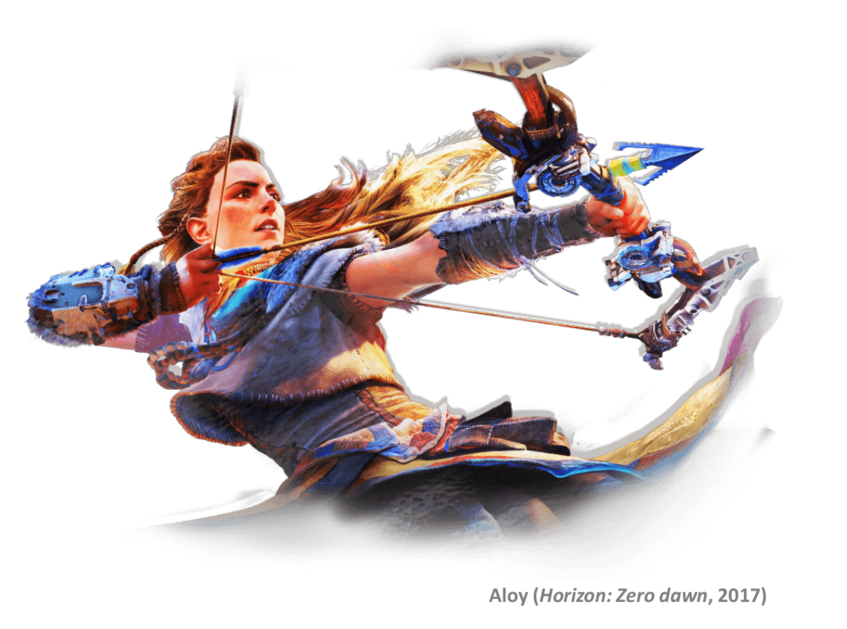Thank You Mario –but Our Princess has Left the Castle:
Representations of Female Protagonists in Videogames for the Japanese Console Game Market
Introduction to Topic
In video games from all around the globe, female characters share a long history of playing the roles of sexualised or defenceless supporting characters. Based on stereotypes such as the ‘damselindistress’ or the ‘femme fatale’, those depictions are widely criticised by feminists in academia and the popular discourse alike. As Anita Sarkeesian states in her YouTube videos, such female representations mainly work as plot devices: These characters do not act as autonomous subjects, but function as objects that only exist in relation to (mostly male) protagonists, and thus mainly underline their tragic / heroic stories.
Against this background, the present project investigates the representations of female protagonists in video games released for the Japanese console game market. Assuming that playable characters can hardly be displayed as being passive, this research wants to outline how women are depicted in more active roles or even as the heroines of their own stories. As the contents of video games are usually localised, all games released for the Japanese market are considered to be products intended for a Japanese audience and are thus part of the analytic material.
Method
- Content analysis
- Discourse analysis
of games displaying playable female characters, listed in the top 100 games of each year since 1996
Aims
Providing evidence for the lack of representations of complex female characters in video games
- Critical analysis of stereotypical gender roles
- Identifying potential depictions of feminine diversity
- Understanding how video games (re-)produce images of women and femininity
Research Questions
Step 1
- How are female protagonists constructed in video games for the Japanese market?
- How are they created visually?
- How are they characterised?
- What are their stories?
- What kinds of conflicts do they need to solve? Are there conflicts that can not be solved (without male help)?
- What is their relation to other female and male characters?
Step 2
- Are there any similarities / differences to representations of female characters in other products of Japanese popular culture?
- How do game mechanics, reward systems, and interactive elements influence the representations of female characters?
Hypothesis
Female protagonists are extremely underrepresented (quantitatively).
- Although presented as ‘female heroines’, in many cases female protagonists are still portrayed in a sexualised manner and / or as ‘damsels in distress’ who depend on male help.
- While many games feature female characters who take an important role by the side of a male main character, games introducing a female main character remain a rare exception.
- Male characters play a crucial role in the stories of female protagonists.
- Female protagonists in many instances can be seen as characters to play WITH, not to play AS: especially in the context of sexualisation, female protagonists often seem to be created to attract a male audience.
- Portraying female characters in a sexualised manner can be understood as sexual objectification, but may also be associated with female empowerment.


